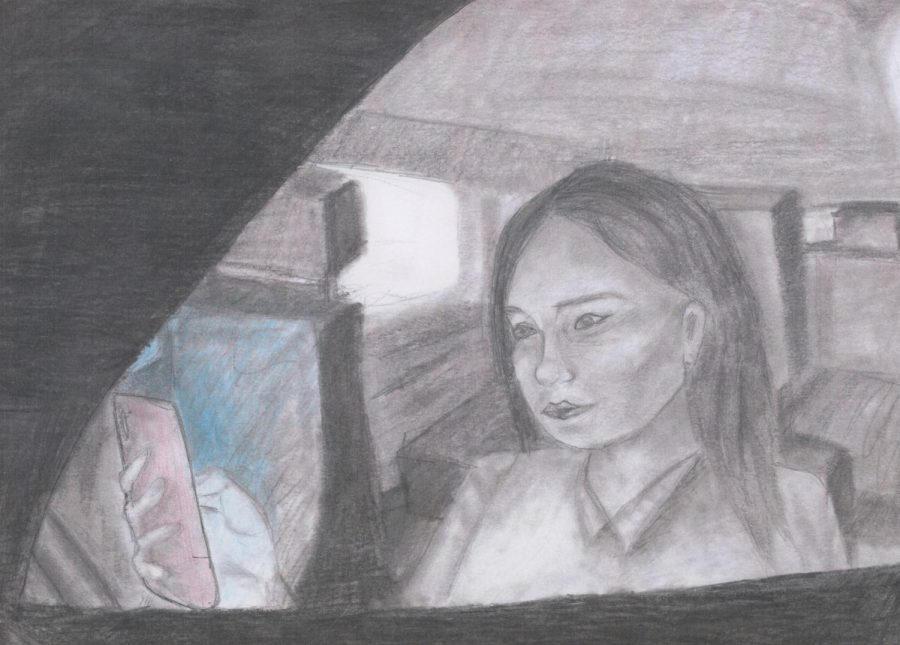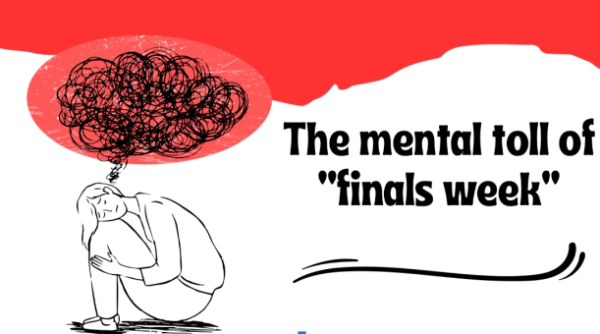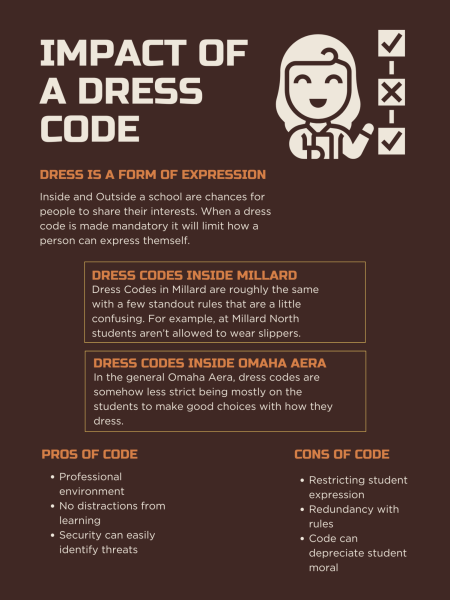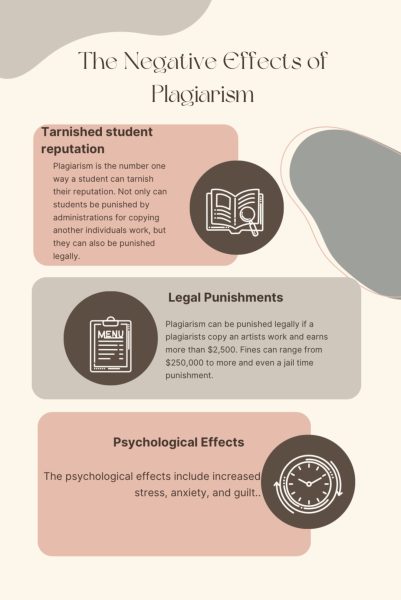Texting and Driving: the real roadkill
May 9, 2023
Don’t read this while you’re driving.
Of course, it makes total sense you shouldn’t be reading this, or any text message while you’re behind the wheel going 50 miles per hour down Q Street; however, it appears the fight to put our phone down takes over the best of us.
Texting and driving is a dangerous and life-threatening activity that has become increasingly prevalent in our society. The rise of smartphones and other mobile devices has made it easier than ever to stay connected with others, but it has also contributed to an alarming increase in distracted driving.
The statistics are clear: texting and driving is a leading cause of accidents on the road. In fact, according to the National Highway Traffic Safety Administration, distracted driving, which includes texting, is responsible for thousands of deaths and injuries each year. When a driver is distracted by their phone, they are more likely to swerve, drift out of their lane, or fail to notice traffic signals and signs. These actions can lead to devastating accidents that can result in serious injury or even death.
In order to combat the risks of distracted driving, Nebraska law prohibits the use of a handheld wireless device to read, write, or send communication while operating a motor vehicle. Any driver who violates these laws can be fined up to $500 for subsequent offenses.
However, despite the dangers, many people continue to text while driving. One reason for this is that they believe they can multitask and manage distractions. Studies have shown that the human brain cannot efficiently handle two complicated activities at the same time, and attempting to do so might result in slower reaction times and poor decision-making. Another factor is the perceived need to stay connected and respond to messages immediately. Studies have shown that the average reaction time to a text message is less than five minutes, demonstrating that responding instantly is not required.
Though it may cause more harm than help, technology can play a role in preventing texting while driving. Many smartphones now have features that automatically disable texting and other distractions while driving. Drivers can set their phones to “do not disturb” mode while driving, which will prevent notifications from distracting them. These features can be activated manually or set to activate automatically when the phone detects that the user is in a moving vehicle.
Ultimately, the most effective way to prevent texting while driving is for everyone to take personal responsibility for their own behavior on the road. By recognizing the dangers of distracted driving and making a commitment to avoid it, we can all play a role in reducing the number of accidents and deaths on our roads. So the next time you hear that ding from your messages or Snapchat, let it be a reminder to look up and focus on the road in front of you, so you don’t become another statistic for the number of lives lost to distracted driving.
















